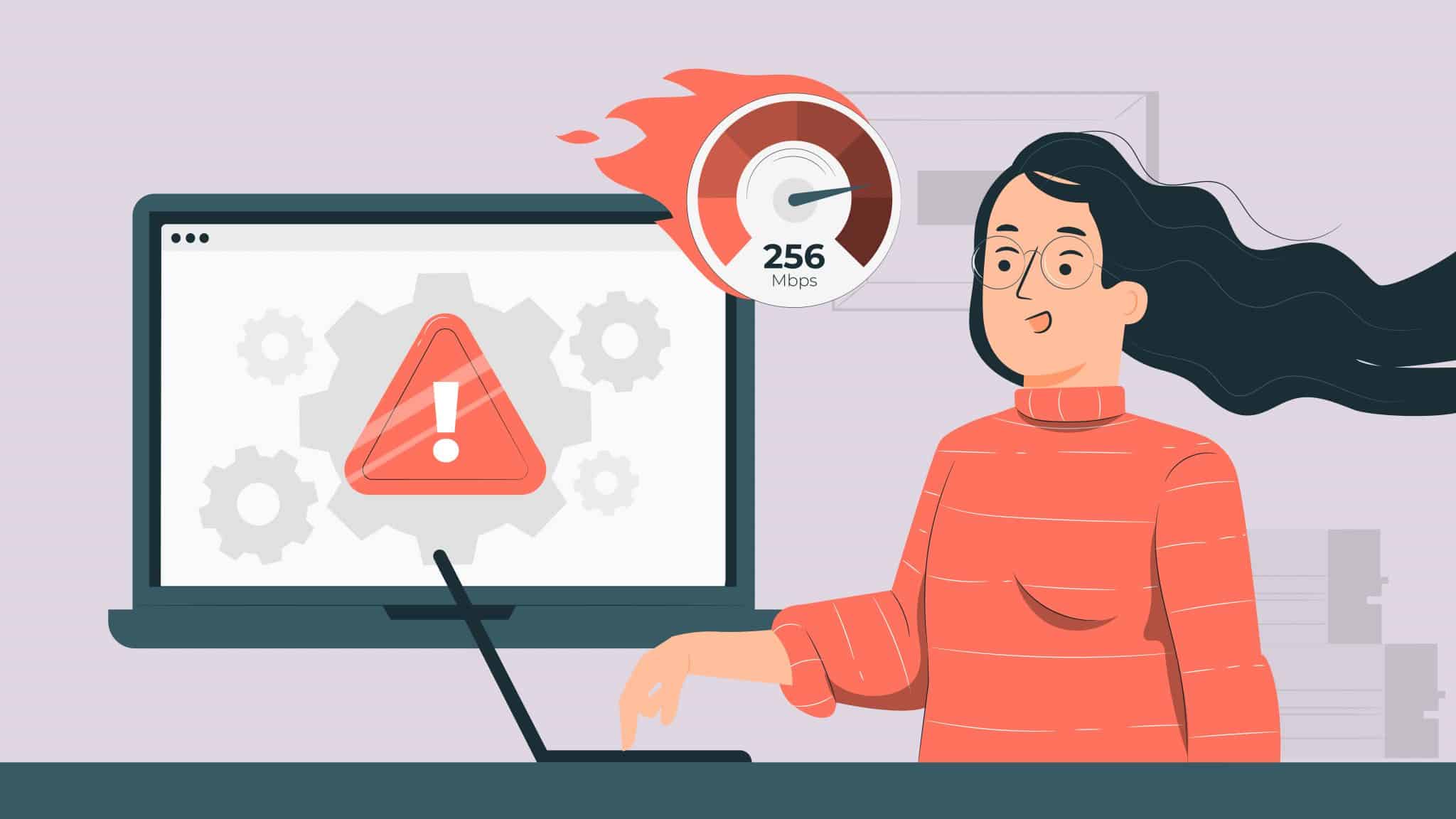Nowadays, making use of defect management software is essential for a tester. It automates the testing process and ensures that bugs are discovered and fixed on time. During the development of a program, you can come across all sorts of errors, be they visual or functional. No matter their type, they will affect the user’s experience. For this reason, it’s essential to sort them out and make sure the overall performance is not affected.
In this article, we will tell you how you can improve the quality of your programs and apps by using the right defect-tracking solutions.
How Does Defect Management Software Work?
Defect-tracking tools are used by software developers to detect problems and bugs. Once these issues are discovered, teams can then report and resolve these errors, ensuring that the final product is not problematic for the users.
By using defect management software, the management process can be simplified, with collaboration and communication between team members improving at the same time. In the end, the quality of the software that is getting developed will increase.
Why Is Defect Tracking Necessary?
As a software developer, you know how difficult your job is. You have to spend hours dealing with code, which leaves room for mistakes, even small ones. But you are already aware that the smallest mistake can mess everything up and lead to huge issues with the program that is being developed. Most of the time, between 100 and 150 mistakes are made for every 1,000 lines of code written.
With defect management software, you can do the following things:
- Detect all defects in a system or software
- Remember all the defects that were previously discovered
- Prioritize defects based on urgency, time, and other factors
- Obtain metrics regarding software defects and come up with solutions to avoid the same problems in the future
- Discover the causes behind the bugs
- Distribute information about how the defects were found
How to Choose the Right Defect Management Software
In order to select the right defect management tool, you must pay attention to a few aspects. These should include:
Pricing
You do not want something that breaks the bank or something that is way too cheap – so, you should go for something that’s in between. Pricing varies when it comes to defect tracking tools, and it is influenced by their features and quality. Look around for a good price that reflects the quality of the software. To do this, you can test the free trials of various programs and see which one suits you and deserves your investment.
Usability
Ideally, the software you choose must be easy to understand and use – otherwise, it will only inconvenience you during your tasks. Look for something that is easy to navigate and streamlines the reporting, identifying, and resolving processes.
User Interface
Another thing you need to consider when choosing your defect management software is the user interface. Overall, the program should have a clean design that makes it easy to navigate. Otherwise, it can cause frustration and anger.
Final Thoughts
The right defect management software should make it easy for you to find and solve bugs to boost software quality. Consider the tips in this article and take your time to search for the program that meets the needs of your team.


























